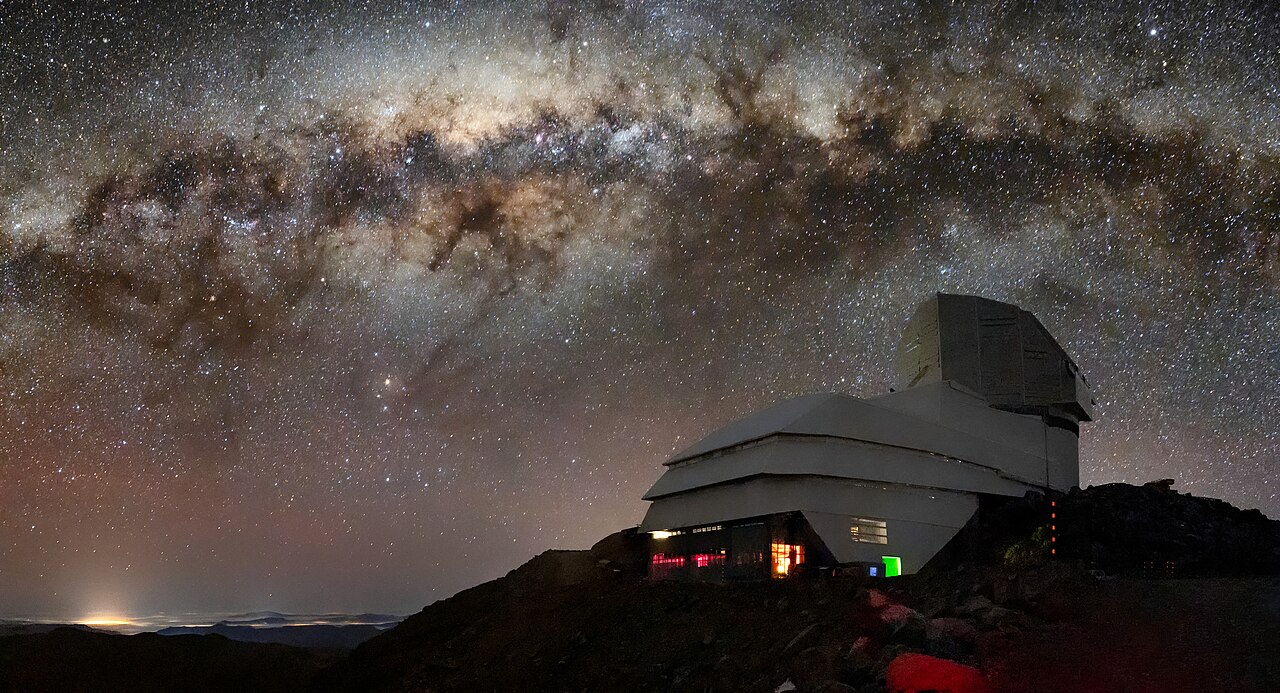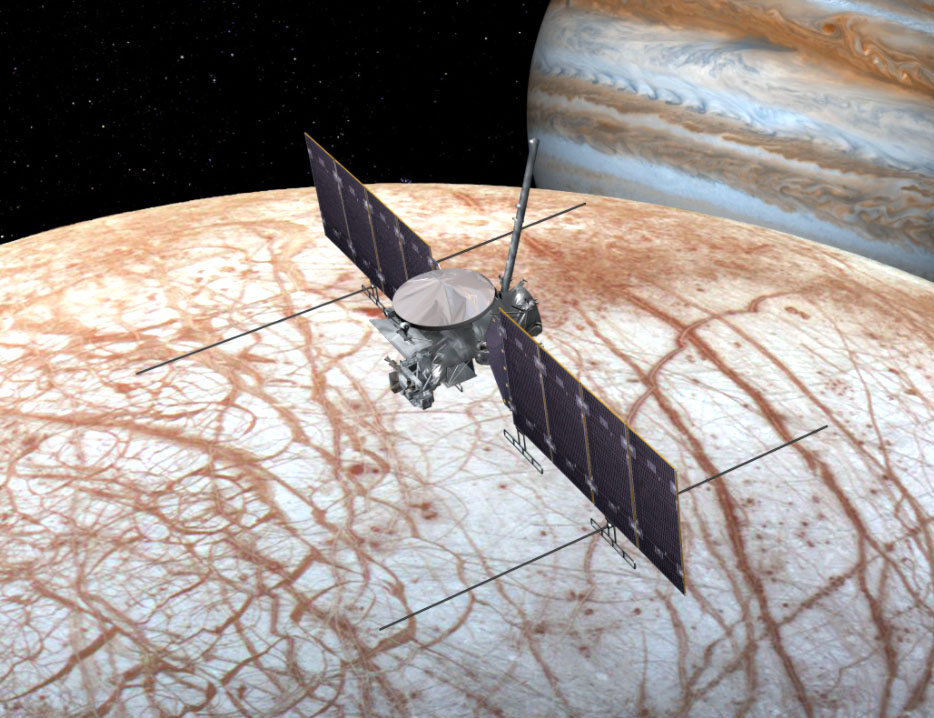Rogue Planets, or free-floating planetary-mass objects (FFPMOs), are planet-sized objects that either formed in interstellar space or were part of a planetary system before gravitational perturbations kicked them out. Since they were first observed in 2000, astronomers have detected hundreds of candidates that are untethered to any particular star and float through the interstellar medium (ISM) of our galaxy. In fact, some scientists estimate that there could be as many as 2 trillion rogue planets (or more!) wandering through the Milky Way alone.
In recent news, a team of astronomers working with the James Webb Space Telescope (JWST) announced the discovery of six rogue planet candidates in an unlikely spot. The planets, which include the lightest rogue planet ever identified (with a debris disk around it), were spotted during Webb‘s deepest survey of the young nebula NGC 1333, a star-forming cluster about a thousand light-years away in the Perseus constellation. These planets could teach astronomers a great deal about the formation process of stars and planets.
Continue reading “Webb Discovers Six New “Rogue Worlds” that Provide Clues to Star Formation”









